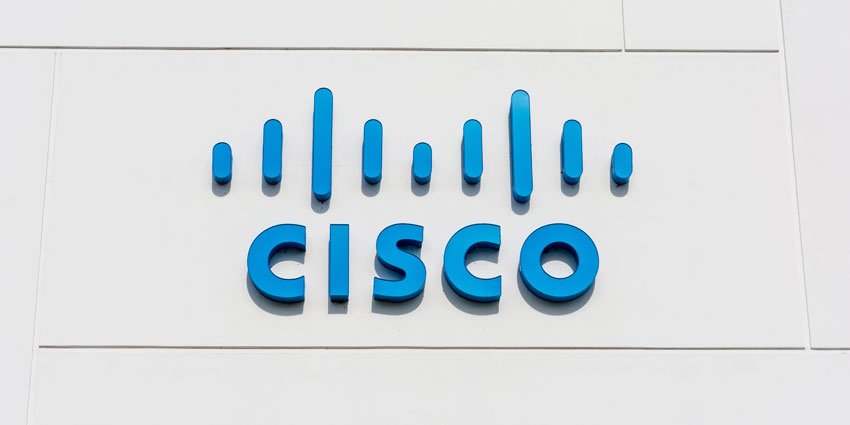Sporadic technology failures, lack of control over homework environments and stressed agents apologising for less-than-ideal voice quality teamed with an ever-shrinking, frustrated customer base have been common challenges for contact centres that have had to move their agents to home-based operations over the past 20 months. These problems fall under the category of customer experience (CX) assurance, a set of prevention policies that during the pre-COVID days could be tweaked when required. Only post-pandemic, businesses are having to overhaul these practices completely, leading to an array of connectivity obstacles. Luckily, Cyara is here to help, as Clara Eckel, Marketing Manager, Cyara tells CX Today in an exclusive interview.
“CX assurance is the practice of your CX systems and the customer journeys you’ve designed within those systems, testing the journeys from your customers’ perspective to ensure they’re reaching the desired outcomes, and then monitoring these systems continuously so that, even as you introduce changes and your customer journeys evolve, your customers are continuously treated to quality experiences,” Eckel begins, with a simple definition.
To elaborate, CX assurance involves development, load, and in-production testing and monitoring of all the channels and journeys your customers use to communicate with your business. CX assurance allows you to ensure the delivery of a high-quality customer experience which is vital in the current climate the global economy has found itself in.
And while executing thorough, accurate and efficient CX assurance is no easy task, leveraging the power of automation to test and monitor CX channels can greatly lower effort, reduce the risk of human error. Using automation to conduct CX assurance efforts slowers effort and cost, and reduce the risk of human error.
Eckel illustrates the importance of automation with an example: “If businesses didn’t automate their CX assurance, they have no choice but to test and monitor their systems manually, which takes up a huge amount of time and human resources. For example, a manual approach means that a Tester must take the time to execute the mundane-but-important tasks of dialling numbers into a contact centre Interactive Voice Response (IVR) system and documenting that experience, including things like whether prompts convey the right messages, voice quality was good, options made sense, etc – all from the customer perspective. If errors are found, the Tester must notify development teams on what to fix.”
The effect of this is not only banal but extremely time-consuming, so automating as much of this process as possible has an array of benefits. Eckel provides some examples.
She says: “One of the main benefits is that automation reduces the effort for teams, saving them time so they can get on with interacting with the customers. Automation, therefore, increases agent productivity as it has taken on that manual element of the workload including the logging and documentation process that goes with it.
“It also eliminates that all-important risk of human error in how much is left to interpretation by a person writing down what they’re hearing or what they didn’t hear it all, leading to misinterpretations and inconsistencies.
“Automation also helps with budget resources because money isn’t being spent on the manual labour of these processes.”
Cyara’s LiveVQ not only achieves the above but much more. Inspired by industry trends such as the vast majority of agents working from home, the decision for many organisations to remain remote on a permanent basis or offer employees a hybrid working model and in turn, this leading to a surge in cloud-based platforms.
Eckel adds: “LiveVQ is a real-time monitoring and diagnostic solution that captures call data and transmits it to visual dashboards that show all the factors that could potentially affect voice quality during every call. These could be, for example, internet connection, service provider related problems, memory overload, headset configuration issues or internet bandwidth problems.
“It provides a direct line of communication to alert supervisors about a potential problem while flagging all the call data relevant to that moment in time and displaying it so that the agent doesn’t have to collect that information. All the players involved such as the supervisors, the IT team, and of course, the agents have access to that as well so they can look at the call data to determine the root cause of issues and get to resolution faster.”
More than this though, the solution has benefits across the board, not only for hybrid and on-prem businesses but for the new remote working generation companies that have been thrust into due to the pandemic.
For remote agents it can:
- Proactively alert on VQ dips
- Save time on data tracking
- Make calls to identify when communication is at its healthiest
- Get back to tracking calls faster
For the remote working supervisor, the solution can:
- Provide visibility into agents’ location, calls and voice quality
- Get to the root cause of an issue faster, so agents are back taking calls as soon as possible
- Improve agent utilisation, AHT and other key metrics
And for the IT worker, it also:
- Provides visibility into agent workstation CPU, memory, headset, ISP, jitter, bandwidth and packet loss
- Slices and dices data to gain additional insights
- Diagnoses the root cause of a technology issue quicker
For more information on LiveVQ, click here.







